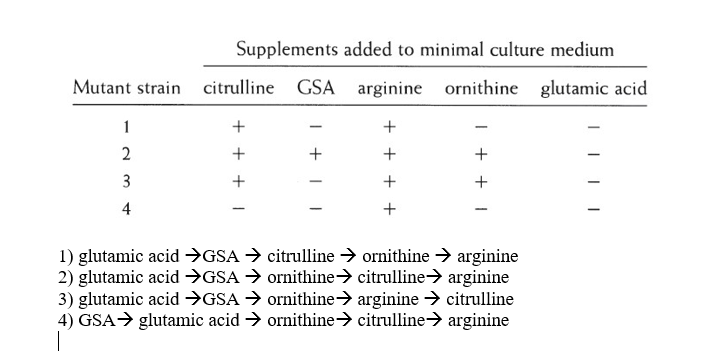TLS Online TPP Program
More Questions
TLS Online TPP Program
#Question id: 16966
#Unit 11. Evolution and Behavior
CCR5 that plays a role in inflammatory response. Unfortunately, this protein is also a key to human immunodeficiency virus (HIV) infection. The virus binds to a loop of the CCR5 protein and then enters the cell. Some people have an allele called Δ32 at the CCR5 locus in which 32 bp are deleted. The missing part of the gene codes for the loop in the protein to which the virus attaches. Which statements is true for CCR5?
TLS Online TPP Program
#Question id: 16965
#Unit 11. Evolution and Behavior
In an adaptive radiation, numerous related lineages arise in a relatively short time and evolve in many different directions as they adapt to different habitats or ways of life. Radiation, rather than directional trends, is perhaps the most common pattern of long-term evolution. Which statements is not true for adaptive radiation?
TLS Online TPP Program
#Question id: 16964
#Unit 11. Evolution and Behavior
Which statements is not true for Conservative characters
TLS Online TPP Program
#Question id: 16963
#Unit 11. Evolution and Behavior
Which statements is not true for Micro-evolution
TLS Online TPP Program
#Question id: 16962
#Unit 11. Evolution and Behavior
Which statements is not true for Mega evolution?
TLS Online TPP Program
#Question id: 16961
#Unit 11. Evolution and Behavior
Which statements is not true for Divergent evolution?

